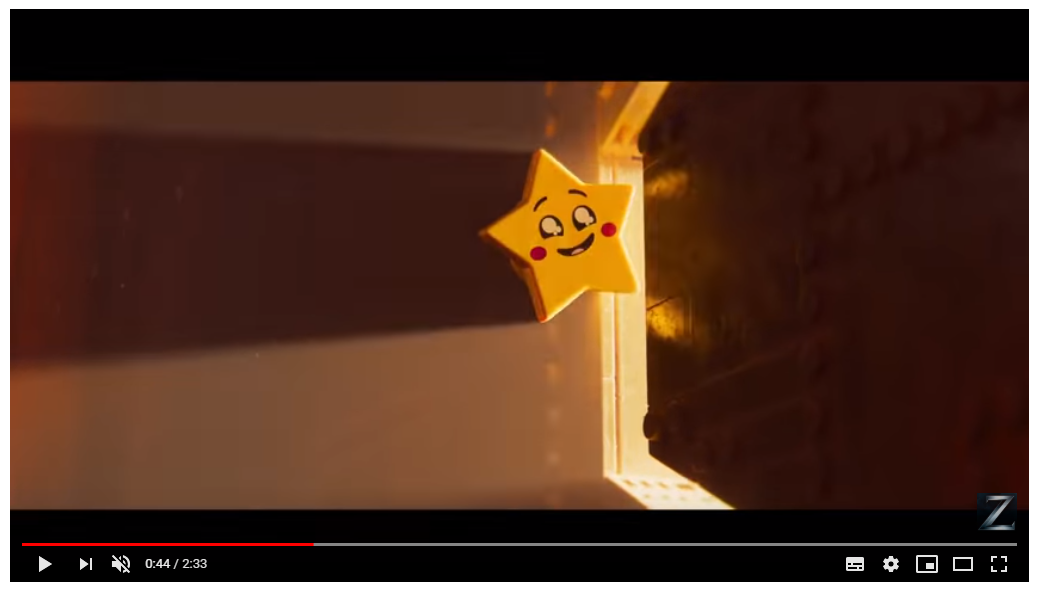"Emmet and the Star" or a tale of Perspective-Taking
Today was our chance to see the new Lego Movie 2! With the new film launched and a house full of Lego fans we had to go. It was a great movie but what struck me was the eyes of the characters and how the animators portrayed “Empathy” and “Perspective-taking”.
Emmet is an incredibly empathetic character, this empathy often leading him to make decisions that seem right for the person involved. I loved how the movie portrayed this, with empathy and perspective-taking portrayed by the shapes which are in one character’s eyes being mirrored in another character’s eyes. To illustrate I have taken some screenshots from the official Lego Movie Trailer (I hope this is permitted!).
star gets stuck
Emmet worried
worried star
Emmet empathising
Emmet taking action
star gets free
Picture 1 – the little star gets stuck in the doors
Picture 2 – Emmet watches the star getting upset trying to get free
Picture 3 – The little star looks worried and starts to cry
Picture 4 – Emmet’s eyes mirror what is in the little star’s eyes as he starts to empathise
Picture 4 – Emmet’s empathy leads him to take action to set the star free
Picture 5 – The little star is free and happy
I won’t tell you what happens next as this would be a spoiler. Suffice to say, with my Speech, Language and Communication Therapist hat on (never really take this off) I immediately thought that the Lego eyes could be a really useful teaching tool around perspective-taking, how the feelings of others can impact us, and how when we notice other people’s feelings it can lead us to take action that can change a situation.
The way the image in the character's eyes changes shows how perspective taking and empathy can take time to process and make sense of.
This is a tool that would map really well onto the www.socialthinking.com approach to developing social perspective-taking. There is a whole lesson here in identifying what the characters might be thinking and feeling as well as the impact that our behaviours/ actions can have on others.
There are lots of other great examples of this throughout the film as Emmet continues to be led by his perspective-taking and his depth of feeling. He doesn’t always make the best choice in how he acts but he makes choices based in love and caring for the other person. Flawed as he is Emmet is a good role model. Lots for little kids to learn from this film as well as lots of laughs for parents.
I have some therapy sessions starting to be planned in my head for young people for whom perspective-taking can be tricky (such as autistic wee ones), but also for some of my more anxious children who we are exploring the interactions between thoughts, feelings and behaviours.
Jude Philip is a Specialist Speech and Language Therapist and Director at Grow Communication (a Social Enterprise in Scotland). Jude specialises in therapy for language and communication difficulties and diagnostic autism assessment.
#SLPeeps, #autism #socent #asd #growcommunication #socialthinking






